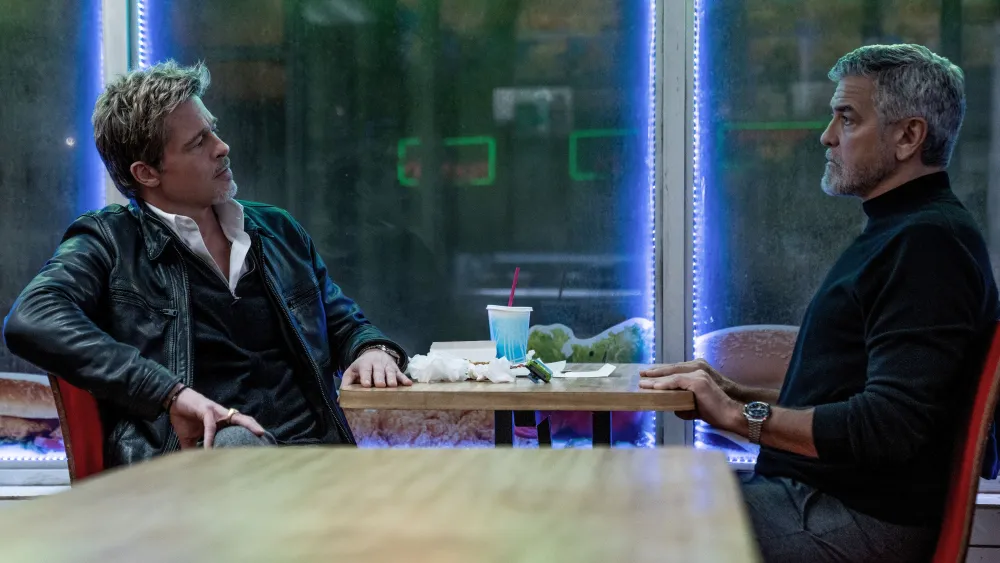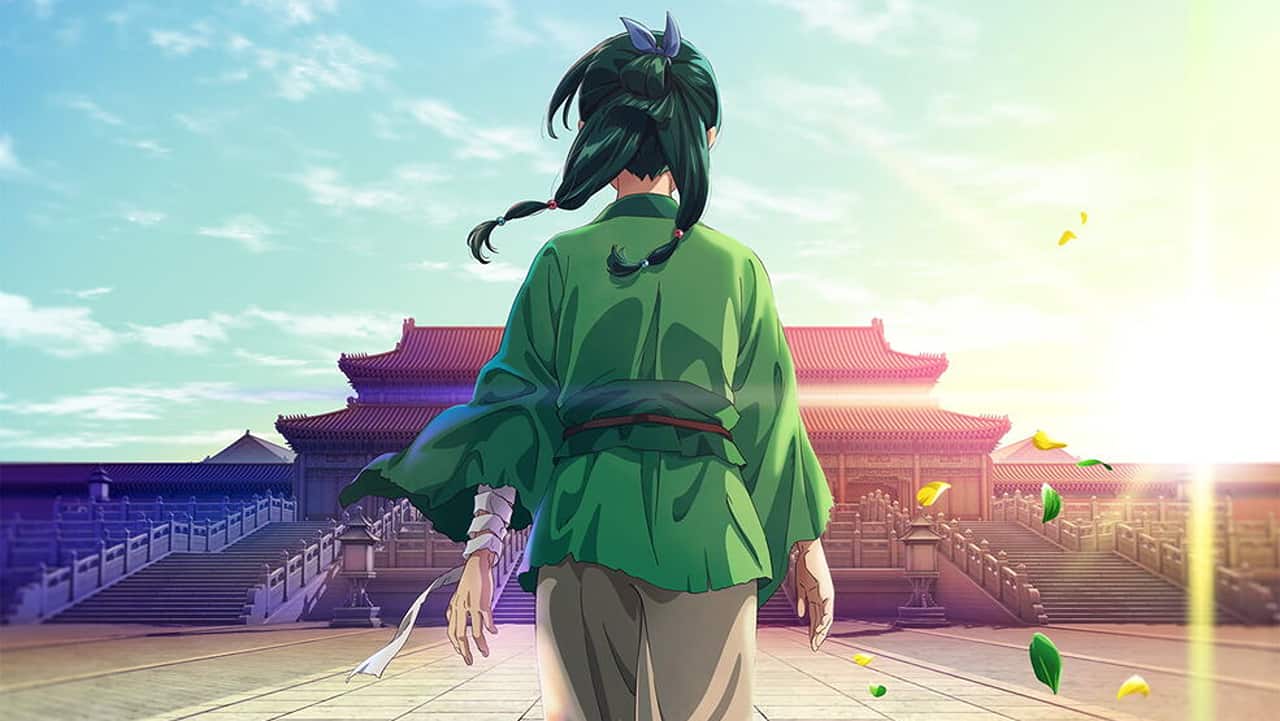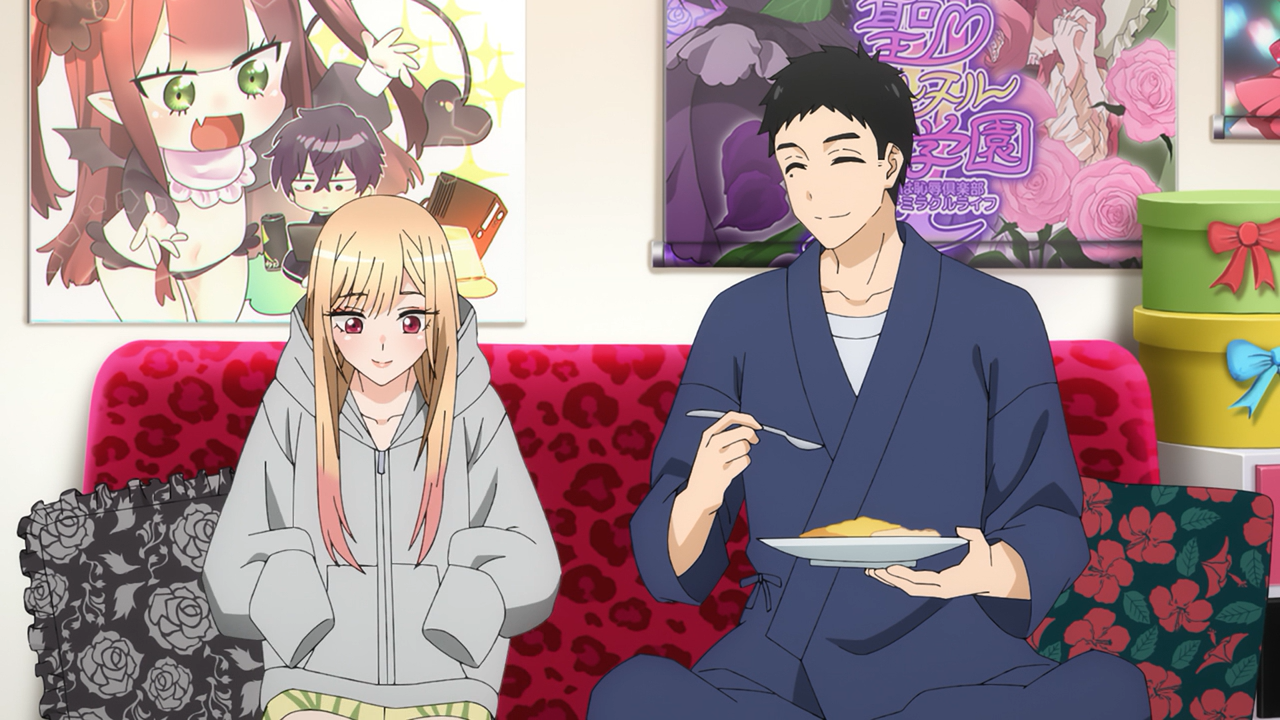Wolfs is an intense crime-comedy film that brings together George Clooney and Brad Pitt, who play two fixers on a mission. Their characters are forced to set aside their egos and collaborate on a complicated job. As the story unfolds, the two are drawn into a crime, betrayal, and dark humor. However, the movie’s ending is laced with ambiguity, leading to a potential sequel and plenty of unanswered questions.
The central storyline of Wolfs revolves around Clooney and Pitt’s characters, who work as fixers—experts who handle delicate, high-risk jobs. The plot kicks into motion when they are called in for the same job, which eventually leads to a chaotic and dangerous night. Their task brings them to the middle of a gunfight between two rival gangs at a crucial drop-off location. As they navigate through the chaos, they realize they’re deeper than they initially thought. While their job leads them to face off with Croatian gangsters, one key element emerges: the Kid, played by Austin Abrams, who ends up hiding in the trunk of a car while the gunmen fight each other.
The fixers ultimately drop off the drugs, but the night doesn’t end as expected. Clooney’s character, Jack, decides against executing the Kid, and the three leave the scene. The last scene of the film shows the fixers, along with the Kid, reflecting on the night’s events at a diner. It’s here that they piece together the larger plot, with several key revelations.
Wolves Movie Ending Explained
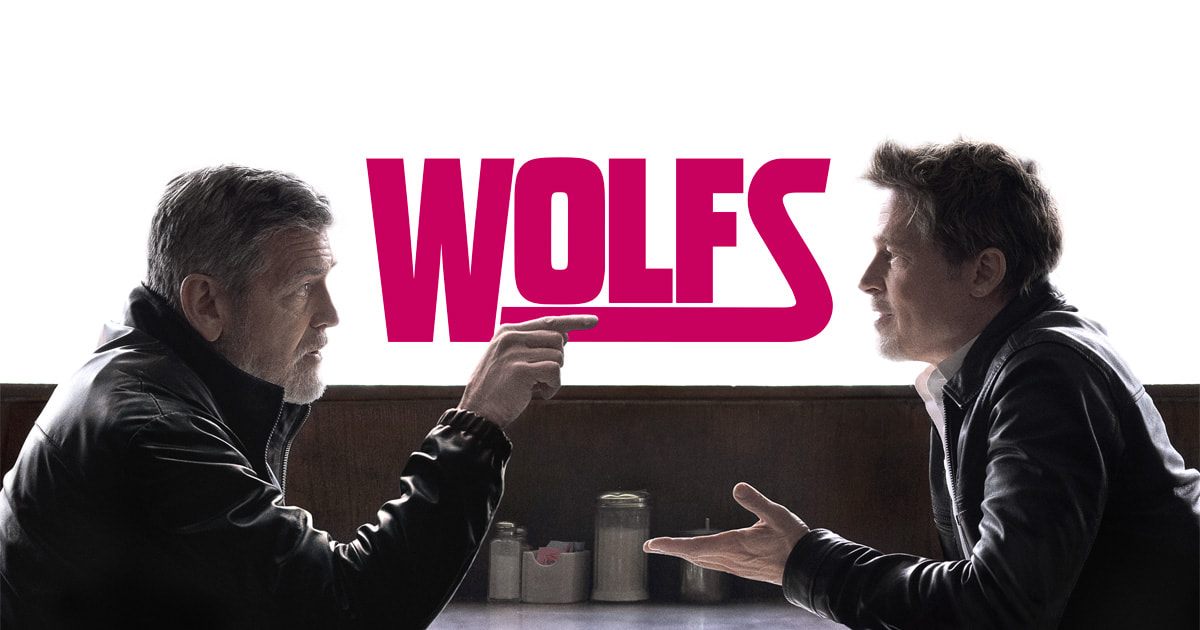
The ending of Wolfs leaves the fate of Pitt and Clooney’s characters uncertain. As they sit at the diner, surrounded by armed gunmen preparing to kill them, the duo braces for a final showdown. The scene is reminiscent of the classic Western film Butch Cassidy and the Sundance Kid, where the protagonists are surrounded by enemies and face an inevitable fight. However, Wolfs leaves it ambiguous whether they will survive the encounter.
A possible clue to their fate lies in the announcement of a sequel. Apple has already expressed plans for a follow-up film, with Clooney and Pitt returning to their roles. This suggests that their characters likely survive the shootout, giving hope that they may escape and seek revenge on those who set them up. While the ending is left open to interpretation, viewers can take comfort in the idea that their story may continue.
Unraveling the Set-Up and Trap for the Fixers
The key turning point in Wolf comes when Clooney and Pitt realize they’ve been set up. Throughout the night, they’ve been working under the assumption that they were serving separate employers. However, in the final moments, they discover that both of them are working for the same boss. This revelation leads them to reconsider everything that happened. The two fixers begin to understand that the entire night was a carefully orchestrated trap, designed to eliminate them.
The reasons behind this betrayal remain unclear, but the discovery forces both characters to reassess their lives and careers. They begin to question their entire existence, and the realization that their mutual employer orchestrated the trap forces them to confront the fact that they have been living in the dark for years. The film hints that further details will be explored if a sequel is made, leaving audiences eagerly awaiting answers.
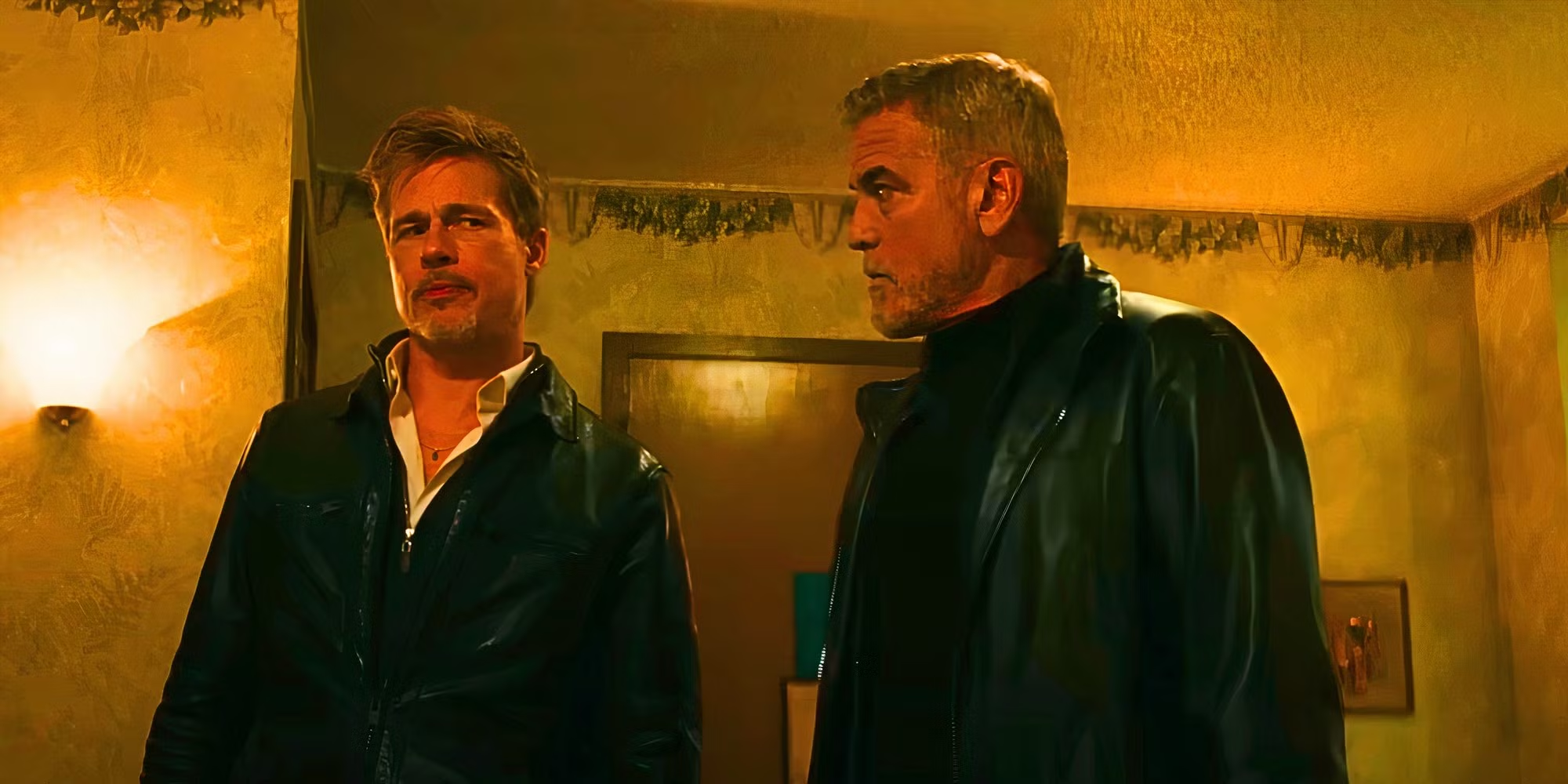
Why Do the Fixers Never Reveal Their Names in Wolfs?
One of the film’s notable character choices is the fact that neither Clooney nor Pitt’s characters ever reveal their names. This decision plays a vital role in their development and speaks to the nature of their jobs. As fixers, they work in the shadows, their identities obscured from the world. Over time, this anonymity bleeds into their personal lives, leading to a loss of their sense of self.
The characters’ failure to remember that they haven’t shared their names until the end symbolizes the disconnect they feel from their humanity. They’ve become so consumed by their work that they’ve lost touch with who they once were. This thematic element underscores the film’s exploration of identity and the toll that a life of crime and secrecy can take on a person.
The Fixers’ True Employer Revealed
Throughout the film, both Clooney and Pitt’s characters work under different clients, but it is eventually revealed that they share the same true employer. This person has remained a shadowy figure throughout the story, but the fixers’ discovery of their shared connection changes everything. It’s a game-changing realization, one that forces them to reconsider their entire career paths. The discovery shatters their illusion of individuality, and they begin to see how much of their lives have been manipulated.
Their employers, June and Dimitri, serve as key players in the story, but they are not their bosses in the traditional sense. They are merely clients, hired to handle specific tasks. The fixers’ ultimate realization that their true employer has been orchestrating events from the shadows plays a significant role in shifting the characters’ perspective and mindset.
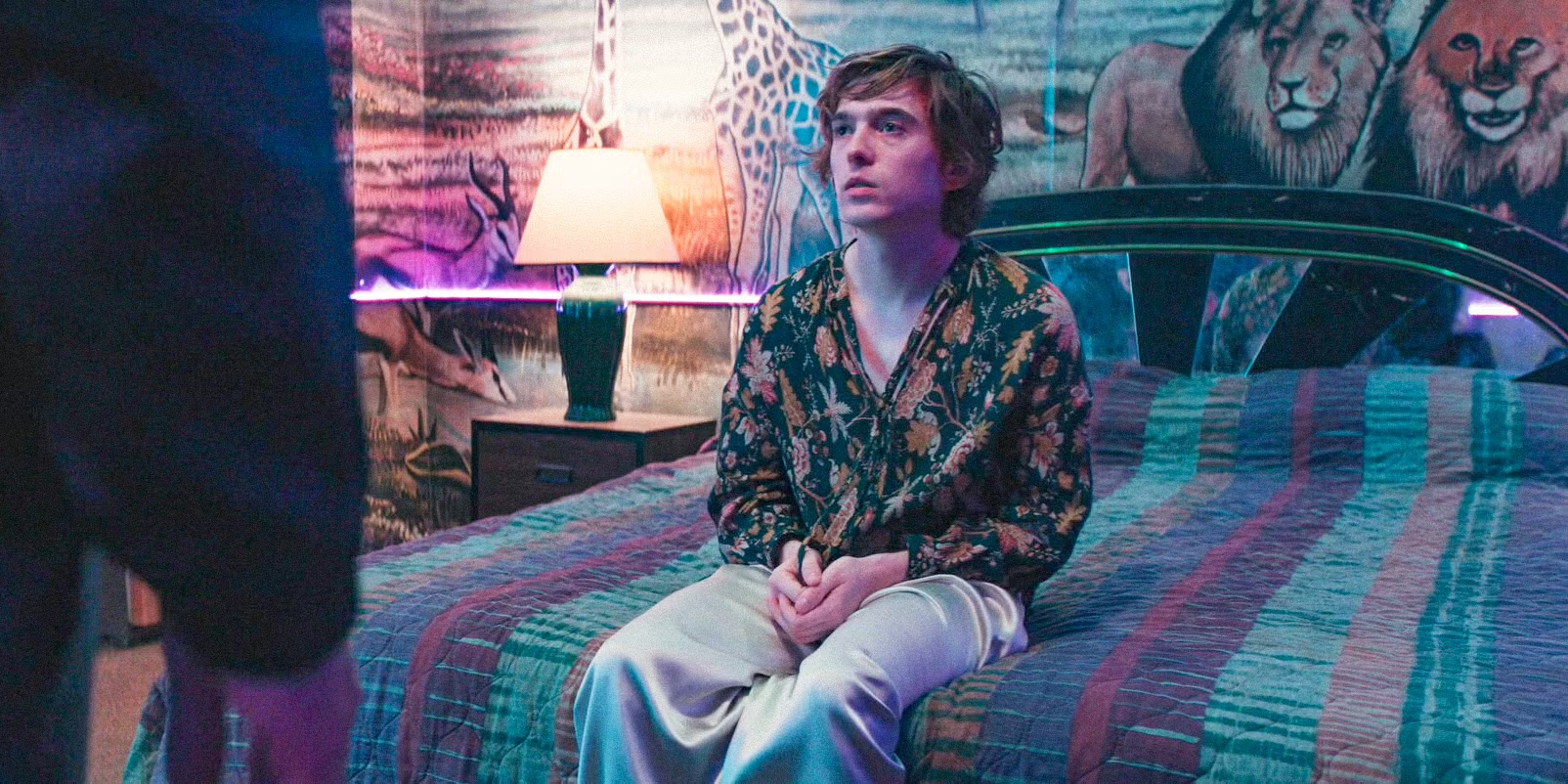
Why the Fixers Don’t Kill the Kid in Wolfs
In a crucial moment of the film, the fixers are faced with a decision: kill the Kid, or let him go. While it would be a logical part of their job to eliminate him, both Clooney and Pitt’s characters hesitate. The Kid, though mixed up in a dangerous situation, represents the innocence that the fixers have lost over time. He serves as a mirror, reflecting their own internal struggles and humanity.
As the fixers deliberate, they each grapple with the moral implications of killing the Kid. Ultimately, neither character goes through with the execution, with Pitt’s character choosing to shoot at a stash of drugs instead. This moment symbolizes the fixers’ growth and internal conflict. They may have once been cold, detached individuals willing to kill without hesitation, but their experiences throughout the night have made them reconsider their actions. By sparing the Kid’s life, they preserve a fragment of their humanity.
The Mid-Credit Scene and Its Significance
In the mid-credits scene, the audience gets a look into the original crime that set everything into motion. We see the Kid’s overdose and fall, as described by District Attorney Margaret at the film’s start. However, the most intriguing aspect of this scene is the perspective from which it’s filmed: security camera footage. This suggests that someone is watching, and they have footage of the entire sequence of events.

